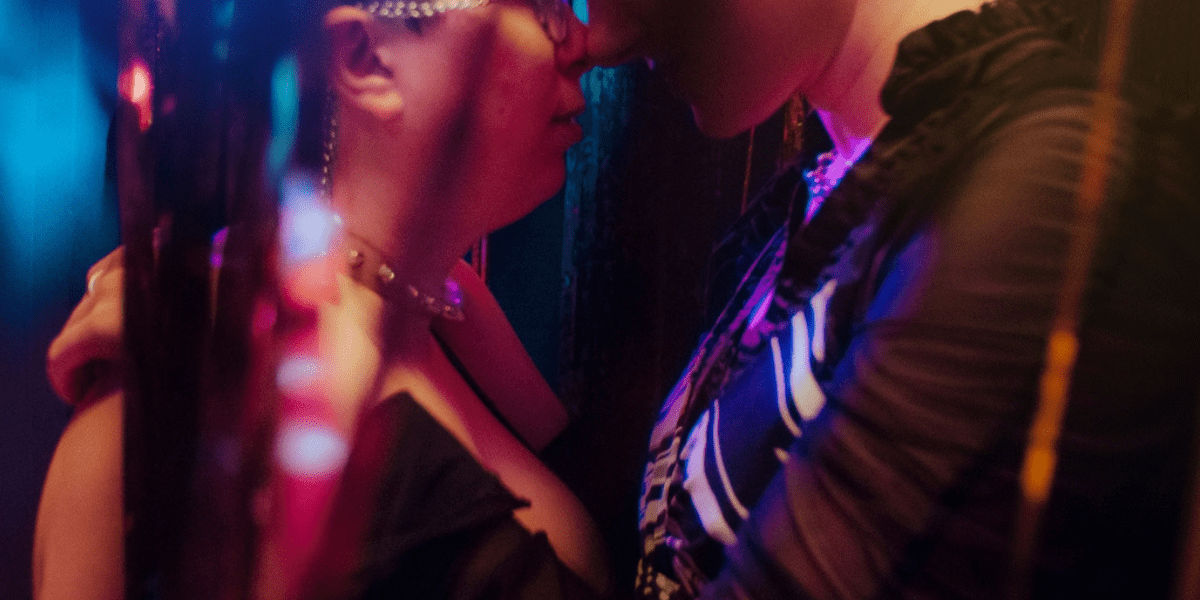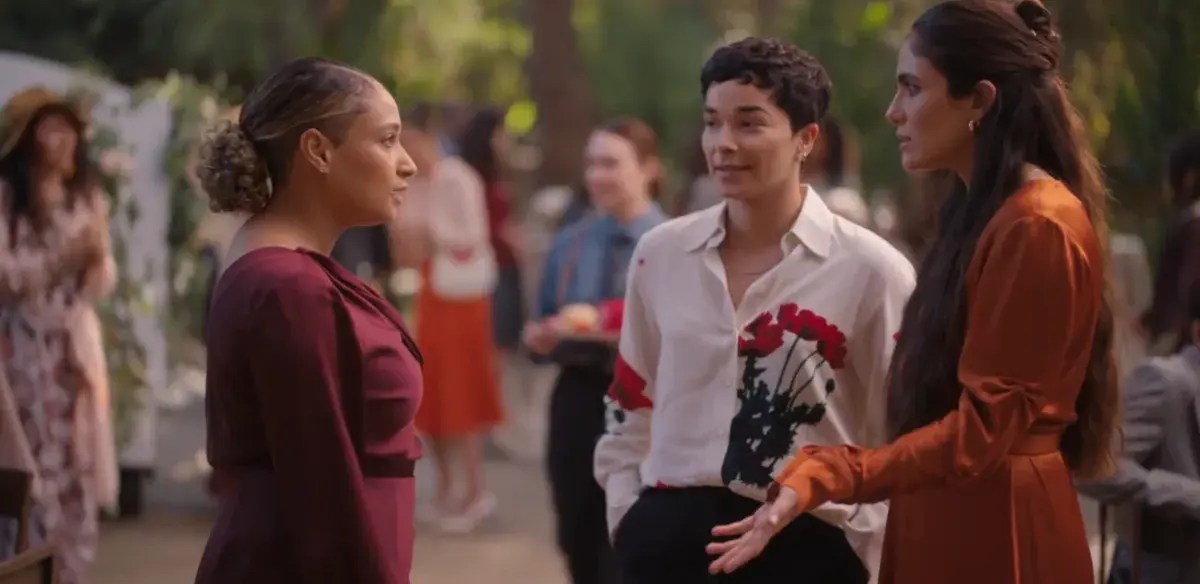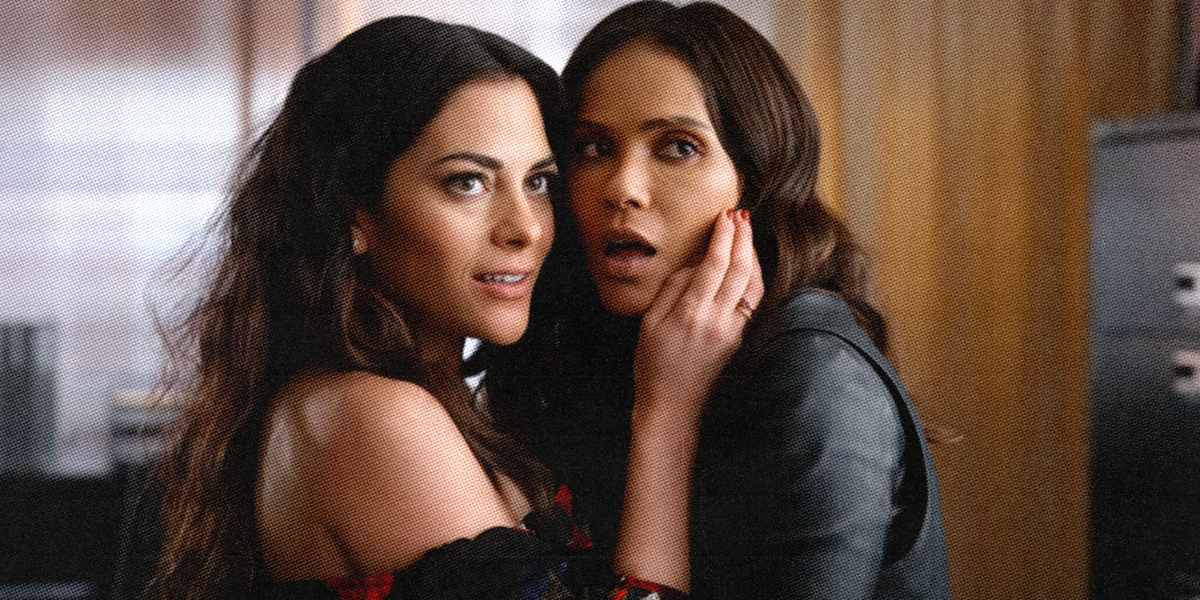Feature image via Shutterstock
I planned to write a piece this month called How to Survive Pride as a Disabled Person. It would have listed strategies for making Pride (which, from an accessibility standpoint, is basically taking a loud, crowded walk for three hours) less exhausting: go in a group, stake out seating early, snag a parking pass if you can, and make sure to plan food and rest breaks. Of course, that title is only funny if you can assume you will, in fact, survive the day. As Orlando reminded us, there’s no joke there anymore, if there ever was.
I went to LA Pride the morning of the Pulse shooting. It was just the kind of rainbow explosion I needed to buoy me through those initial hours. Not as a distraction, but the opposite—knowing that we were coming to grips together, in real time. Whenever I lost what to say or feel or do, I could cheer someone else on. I wanted to hug everybody I saw. For once, Pride almost served its purpose. Almost.
At one point a group marched by wearing shirts that showed “race,” “gender,” “sexuality,” and “religion” all crossed out and replaced with “LOVE” at the bottom. I could go into liberal arts overdrive about the issues there, but my biggest was one I didn’t notice right away. It took me a minute to realize “ability” wasn’t on the list. That’s how acceptable that oversight is: I, who seemingly can’t stop thinking about disability, nearly missed it.
We like to assume that the toughest part of physical disability is just that. All we need is a ramp or an elevator or reserved seats and poof, access granted, right? Yes, we have to continue that conversation until every person can get into and out of every building. But the most insidious bias against disabled bodies—the kind that’s trickiest to identify, confront, and stamp out—reveals itself in attitudes. It very rarely comes from a bad place, which is what makes it so difficult. A Pride parade assumes that walking (or rolling) a mile and a half is the best way to celebrate your community, a shirt meant to remind you that love wins reinforces how that community forgets you, a compliment on your body (“she’s disabled, but she’s really hot”) implies that “but” has to be there… the list goes on. You can only really see it from certain angles, and never by looking it right in the face. But it’s always there.
Ableism not only complicates our access to Pride events, but also to pride itself, as a feeling. When pride comes up alongside disabilities, it often sounds like this: “I’m so proud that you’re not letting cerebral palsy stop you.” As long as it’s “chin up, kiddo!” people can be plenty proud of us, and we’re expected to mirror them. We’re allowed to acknowledge and commend ourselves for not letting disability take everything, for finding a way to play with the big kids. And yes, hands up for making it work in a world that’s literally built for people who aren’t you. But that is pride in what we do—or, more often, what we can “still” do—rather than who we are.
That second kind of pride is almost unheard of, because it requires a fundamental reframing of disabled people. Not as damaged goods fighting our way to functionality, but as worthy in our own right. Not because we are just like able-bodied people, but because we are not. The easier way to assume we feel is the opposite of pride, which is shame. We make so much space for that shame in the way we think and talk about disabilities. People tell us we’re “so brave” for leaving the house and being seen in public. No one questions it if we haven’t dated in a while, or ever—because oh, of course we haven’t. Most media shows us grappling with our angst over what we cannot do and who we will never be. We are assumed, in life and fiction, to be sad people mourning what we lost (as if everyone starts with an able body), and only proud of how much we managed to recover.
I’ll admit I have a hard time feeling consistent pride in my body. I’m proud that I don’t try to hide my disability—at the same time, I also flinch when I catch my reflection in store windows sometimes. We all know there’s a lot of real estate between tolerating something and being proud of it, but there’s also distance between liking something and being proud of it. I like being disabled because I like being myself (which is radical enough for any woman to say). Pride, though, requires an even bigger risk.
Pride means willingness to take up space. It means believing in your own power and wanting to show yourself off. So it’s no wonder that it comes with such negative baggage. It’s a sin—I was only vaguely raised Quaker and even I know that. People tell us to temper our pride, as if it’s a volatile substance that will explode the minute it touches air. That if we are too proud no one will like us. And as disabled people, women, queer folks, we’re supposed to fight hard to be liked—because we’ll get nowhere if we’re not the Good Kind.
Could you imagine what would happen if we didn’t care?
After Orlando, I’ve realized that pride is one of my strongest and most dangerous tools. That in addition to checking in with my queer friends and, as a white cis person, stepping back and listening harder than I ever have, I need to get proud and stay proud. Not just of the parts that are easy to like—my achievements, the parts of me cerebral palsy hasn’t marked—but of the whole thing. Shame is a cousin of the hatred that fueled this attack; I can’t let it take up residence in me anymore. I have to stop in front of that store window and take a good, long look. I have to keep looking until I want to keep looking.
In her most famous poem, disability activist Laura Hershey referred to pride as a practice. It’s the most honest description I’ve ever heard. No one can expect to break a lifelong shame habit in one go. But:
Remember, you weren’t the one
Who made you ashamed,
But you are the one
Who can make you proud.
Just practice,
Practice until you get proud, and once you are proud,
Keep practicing so you won’t forget.
You get proud
By practicing.







